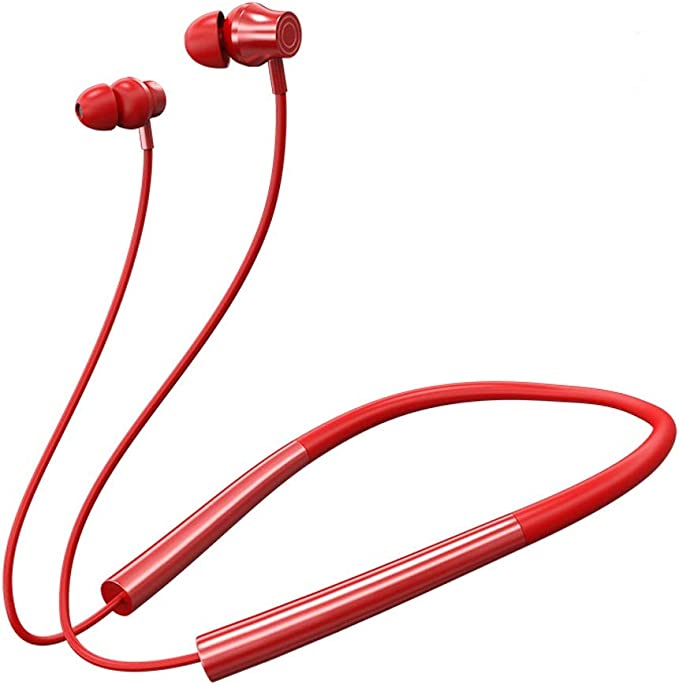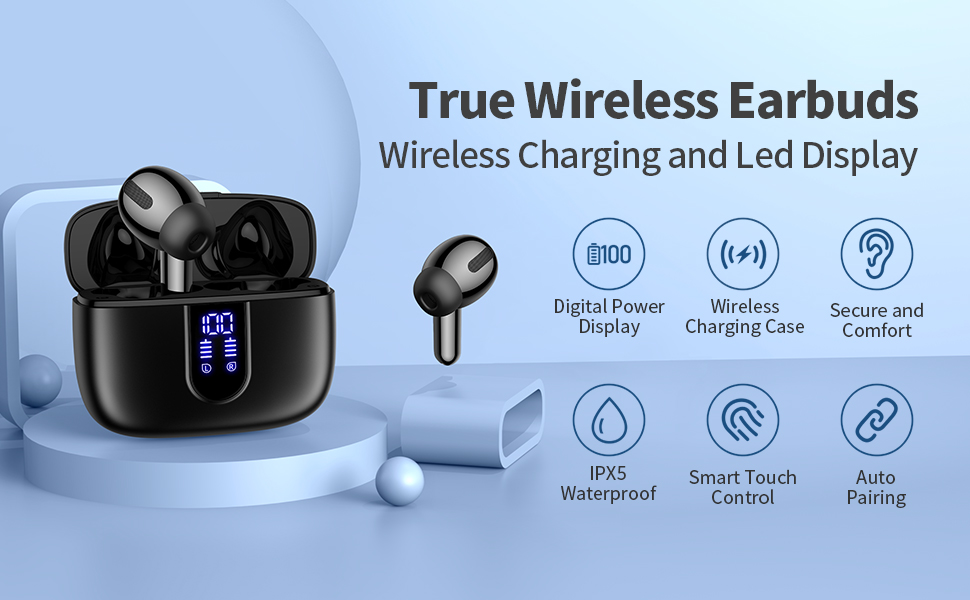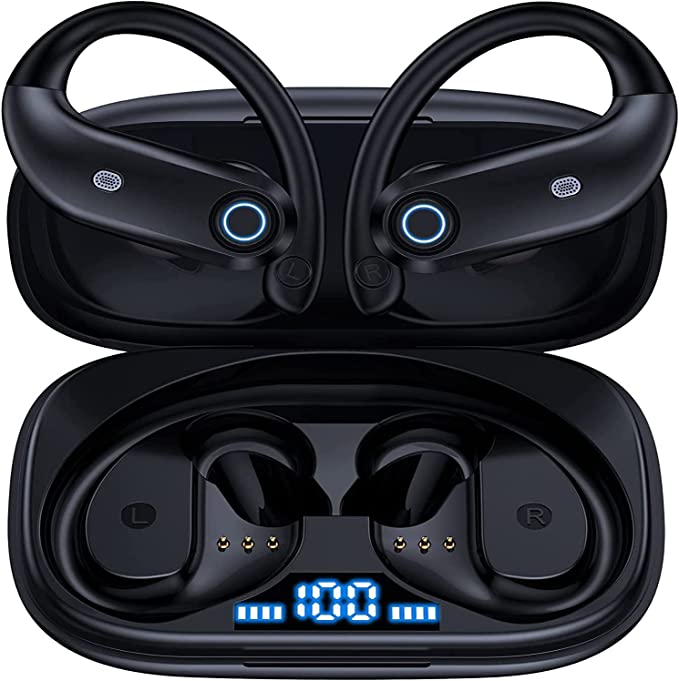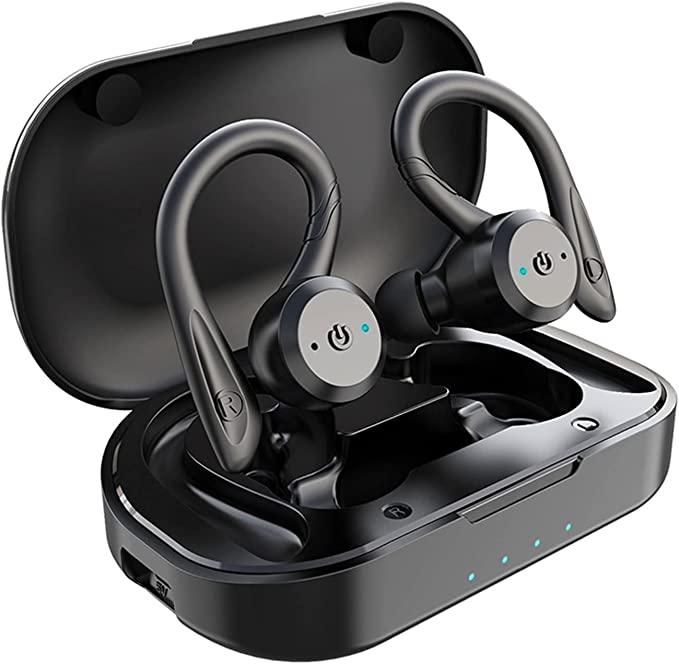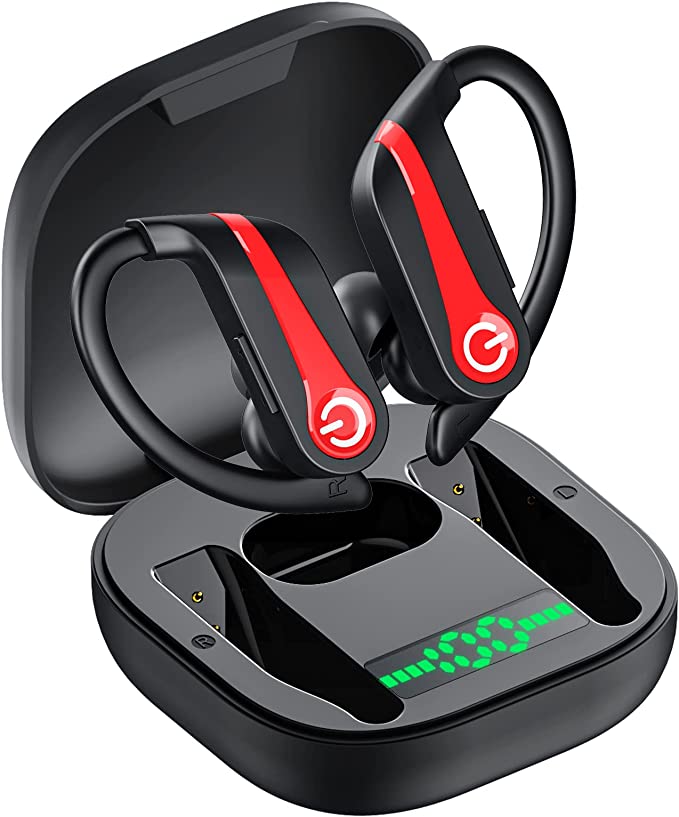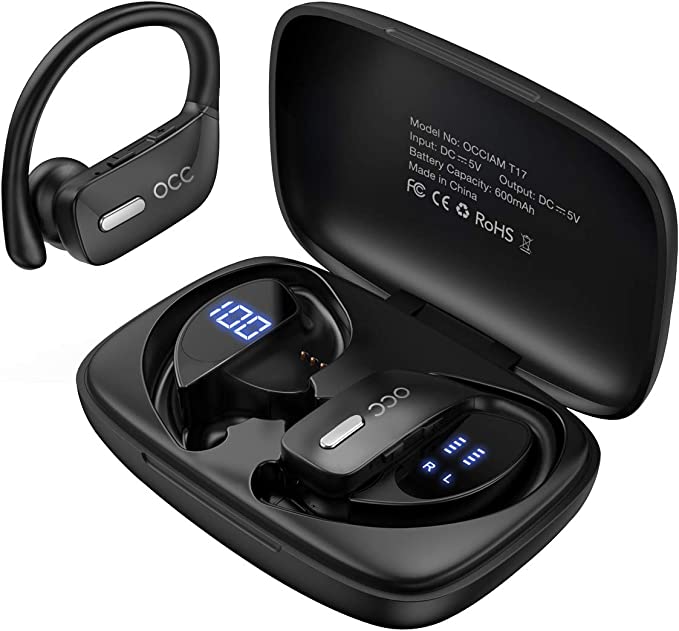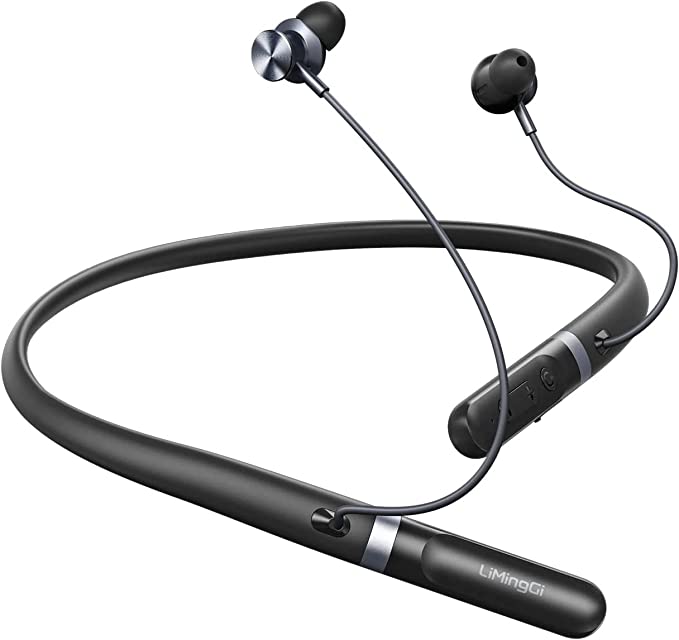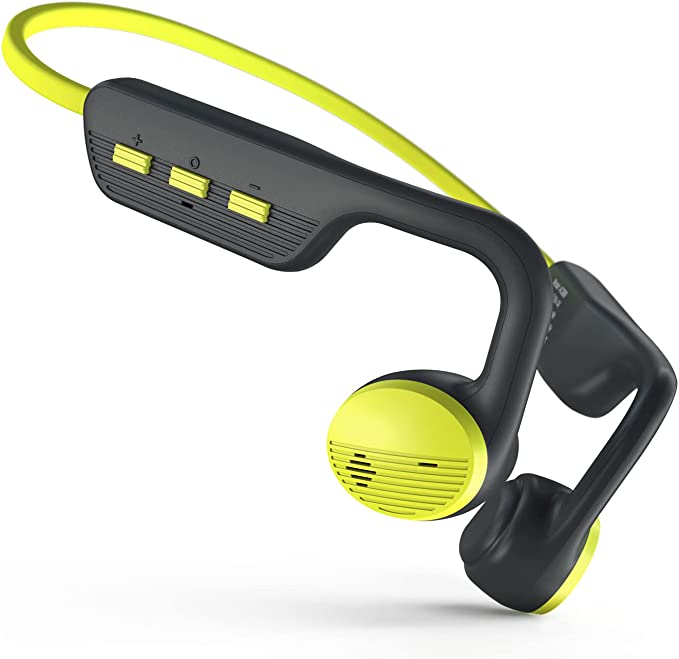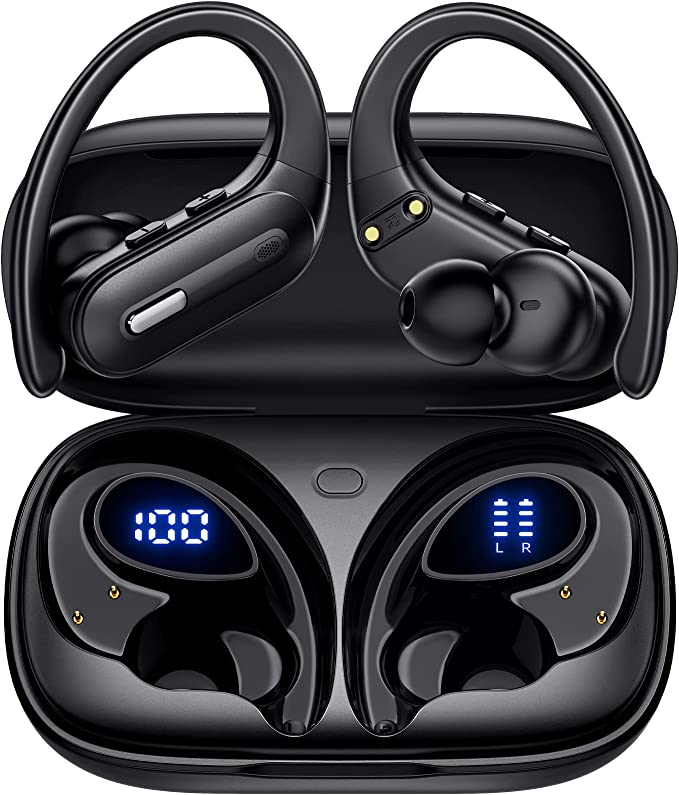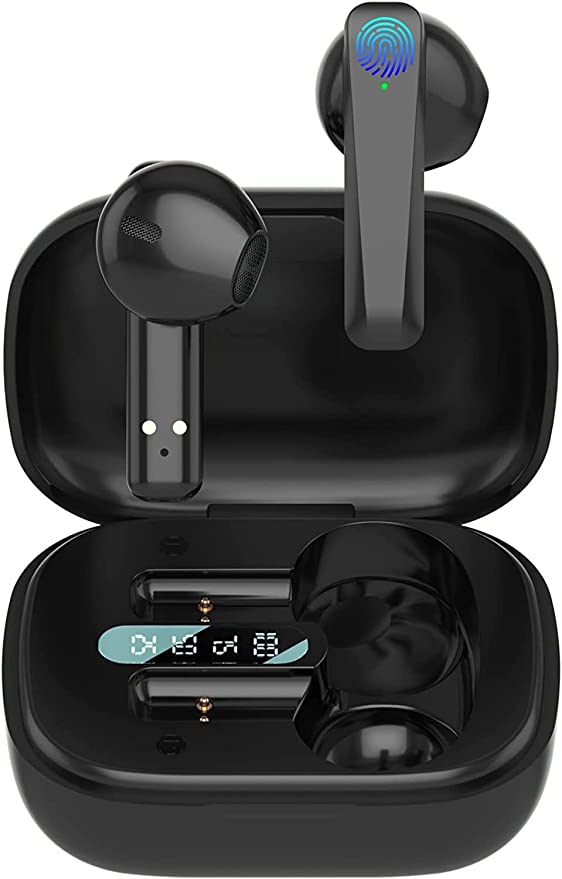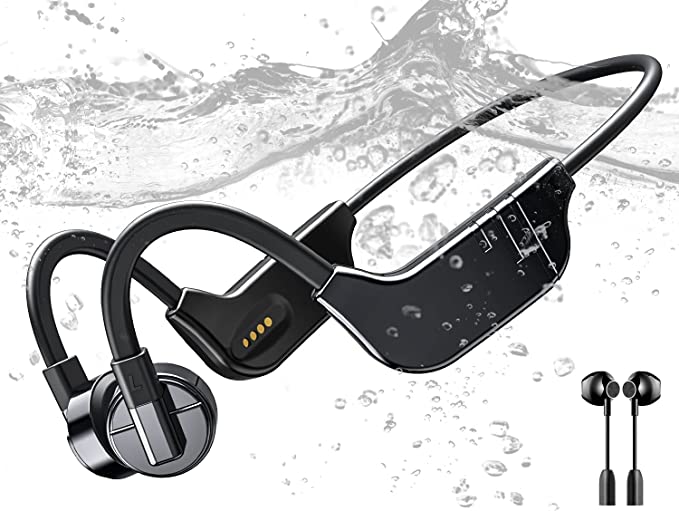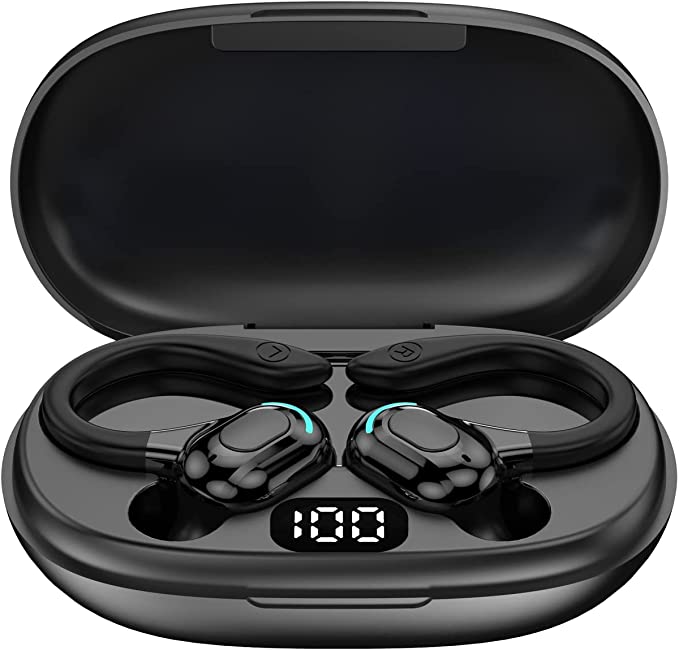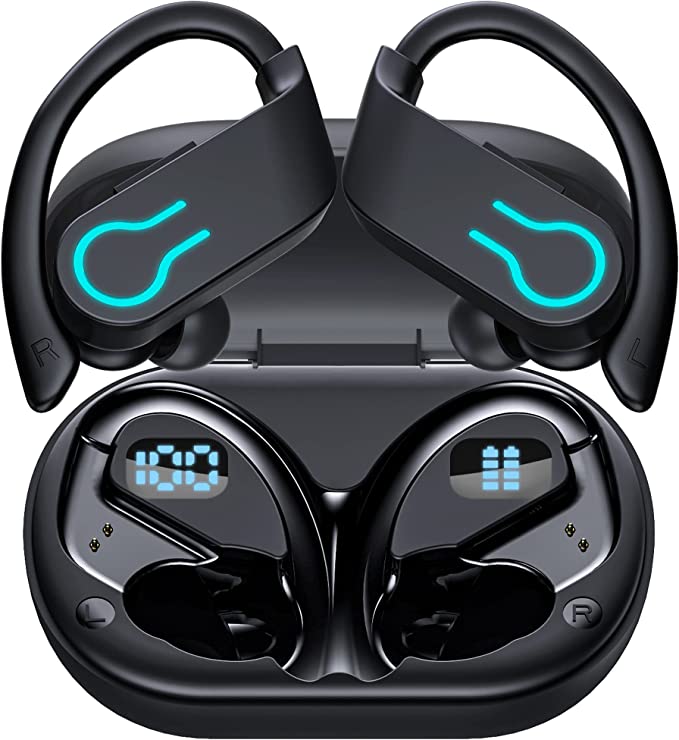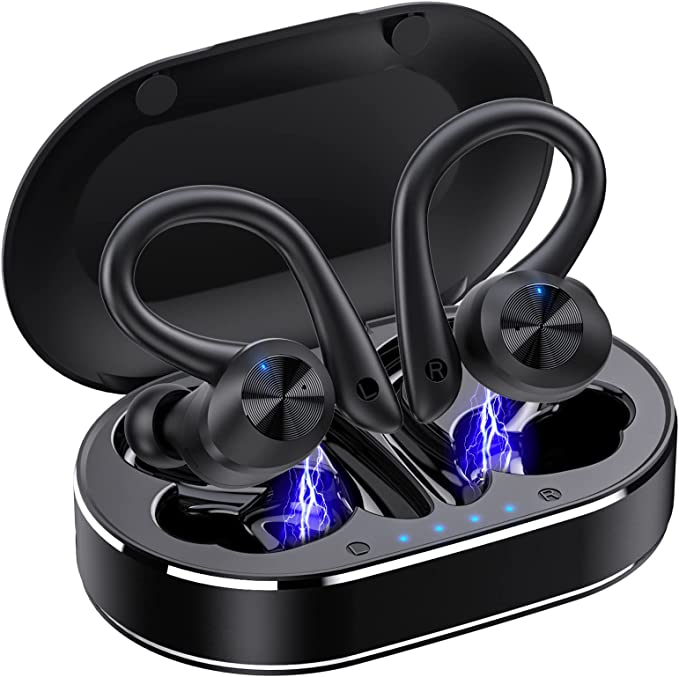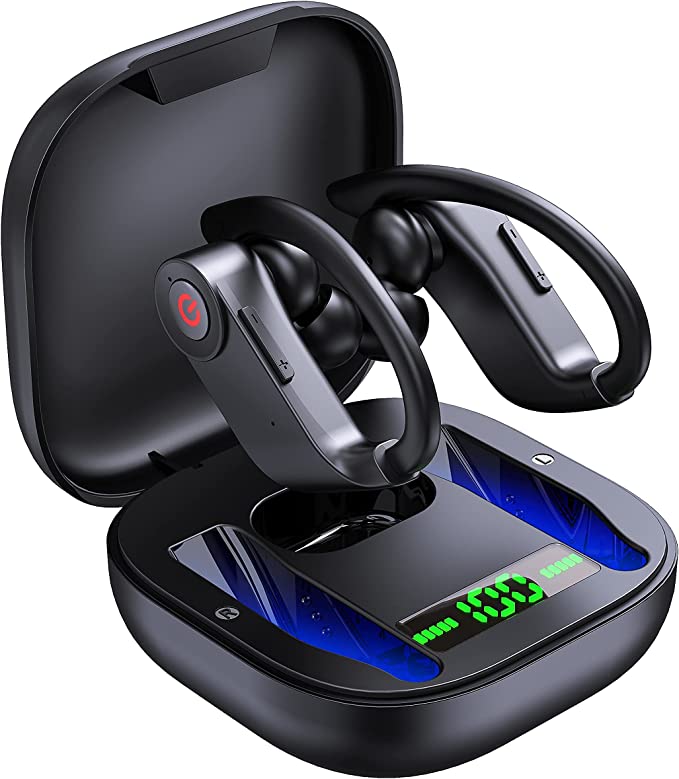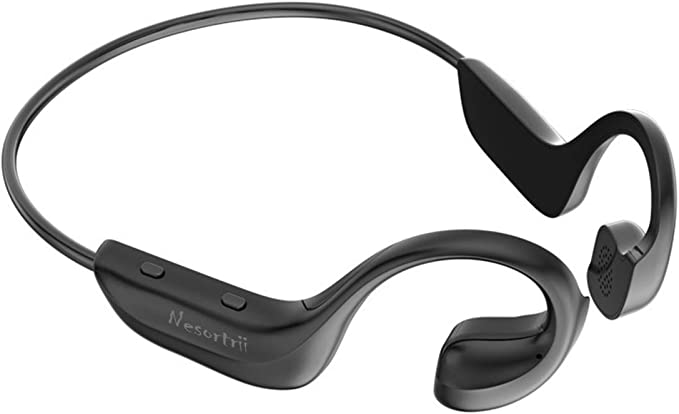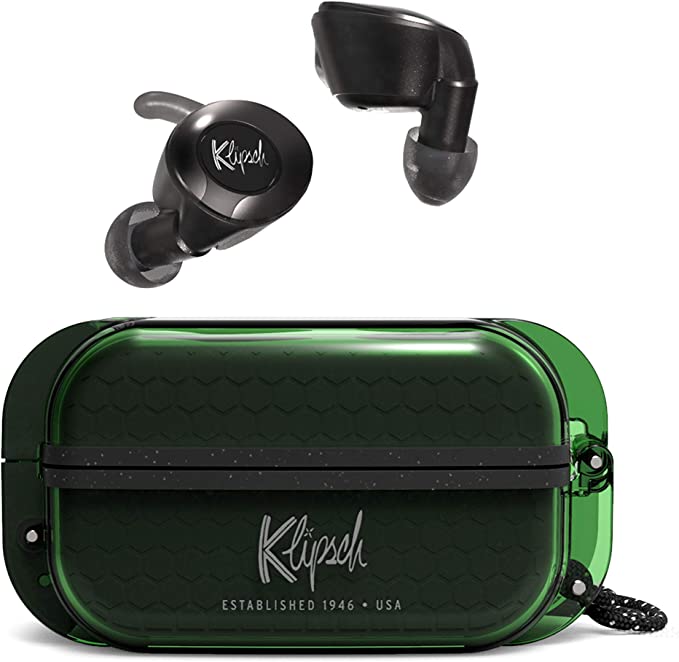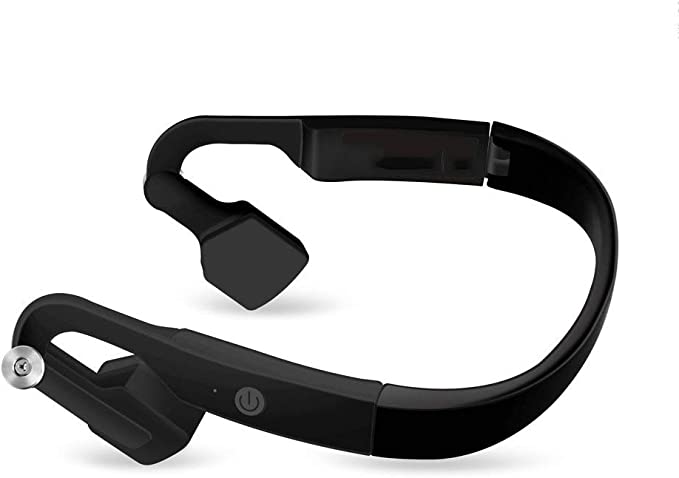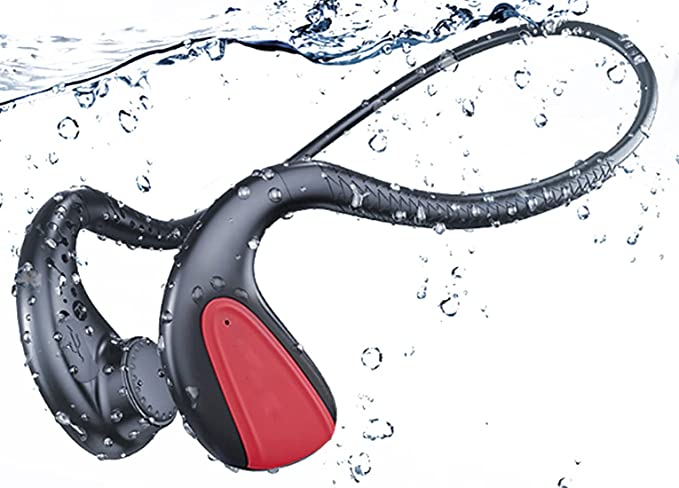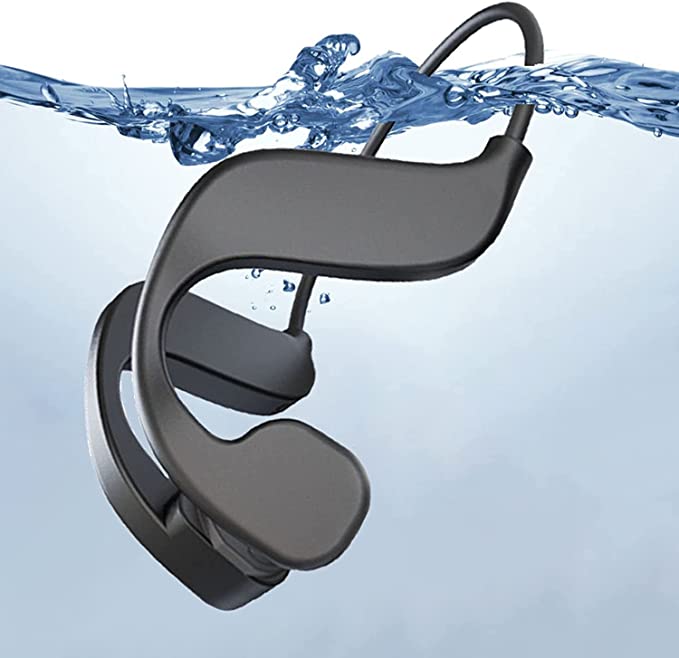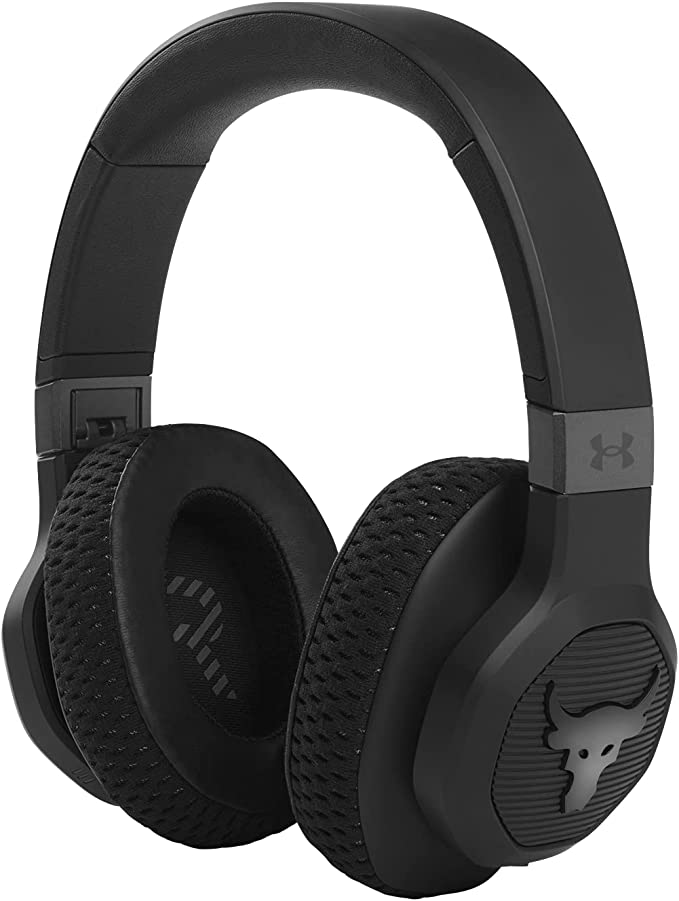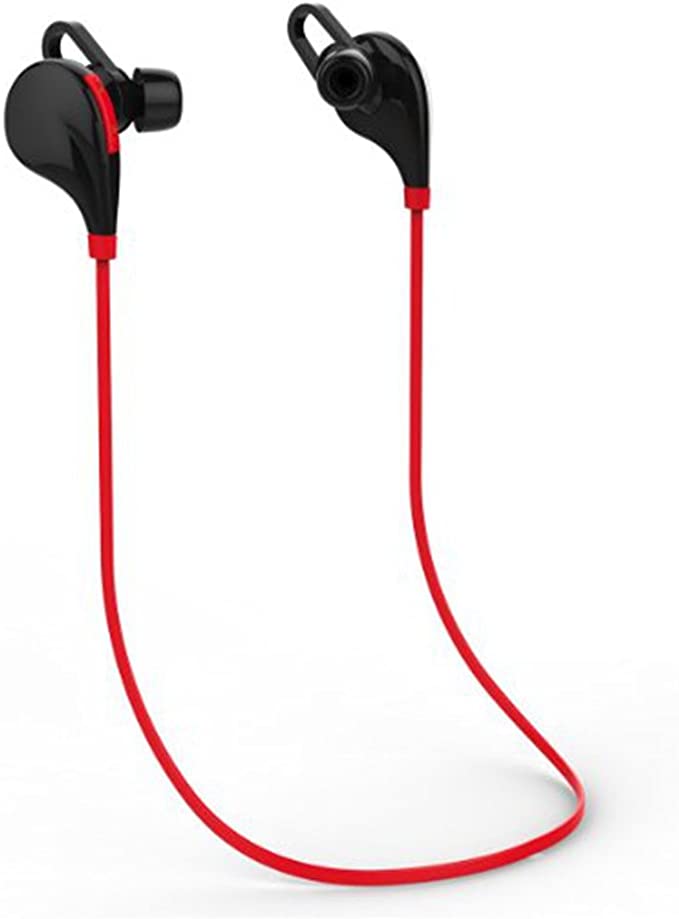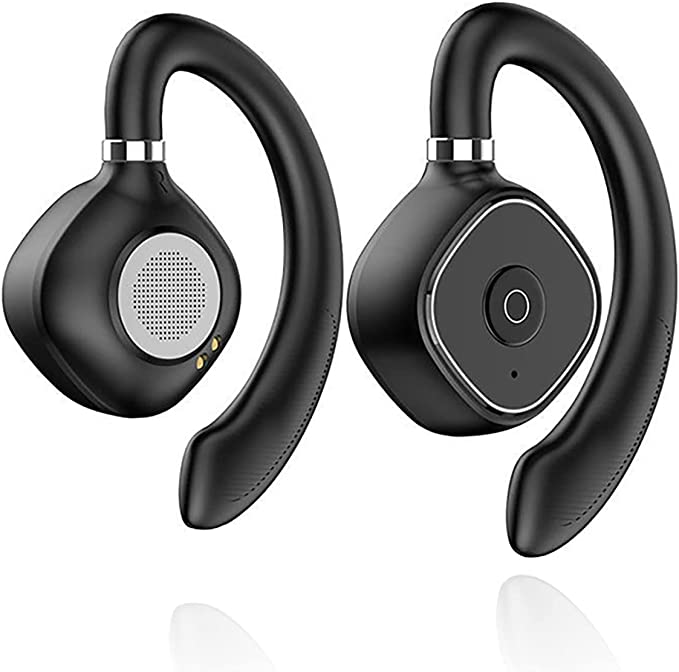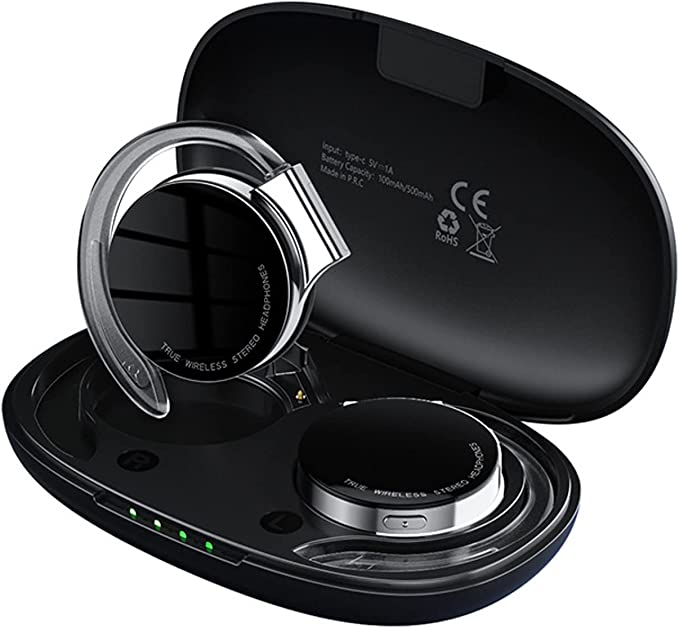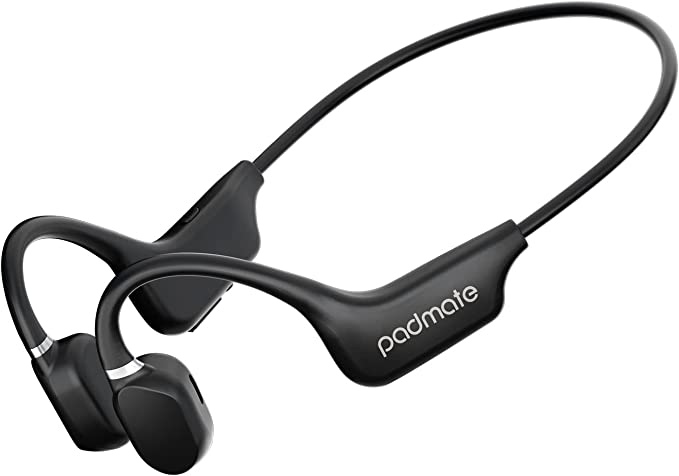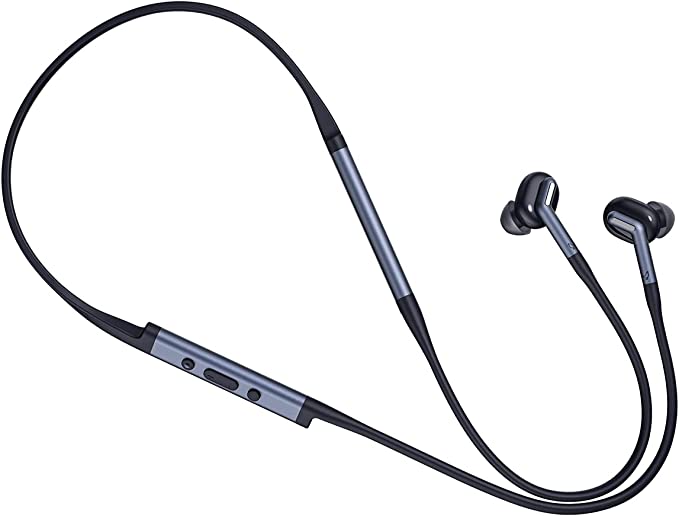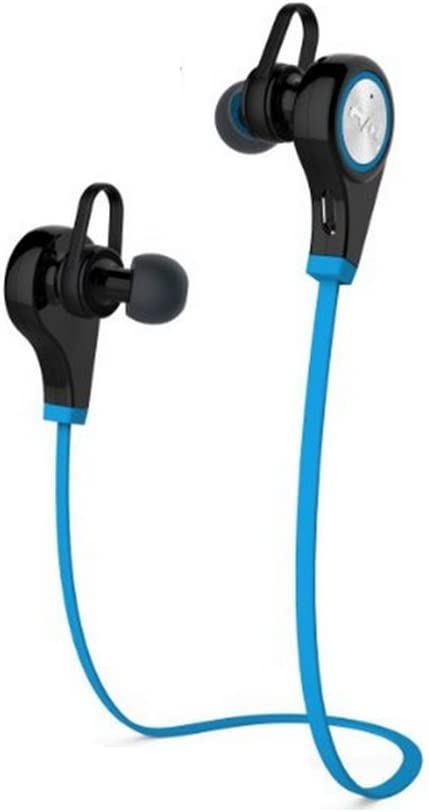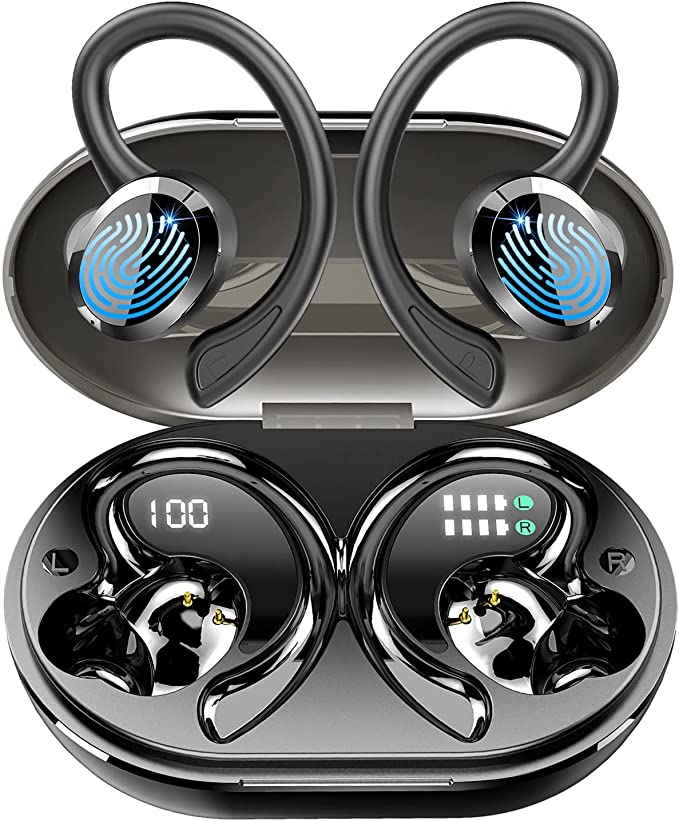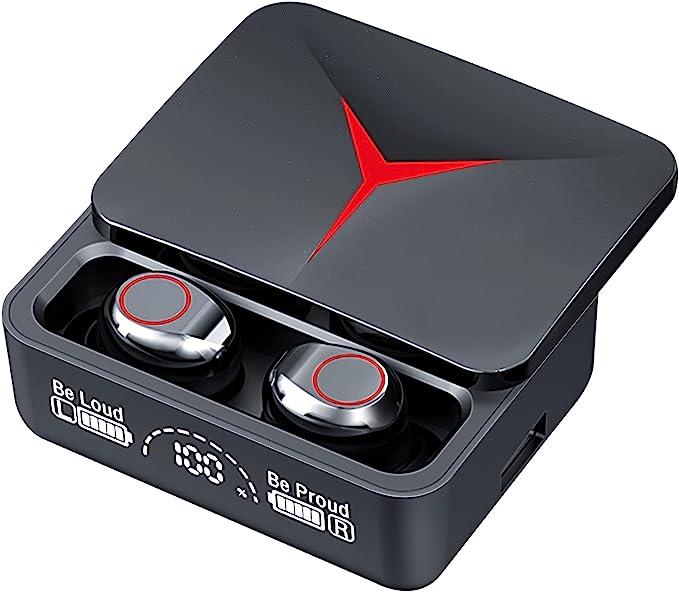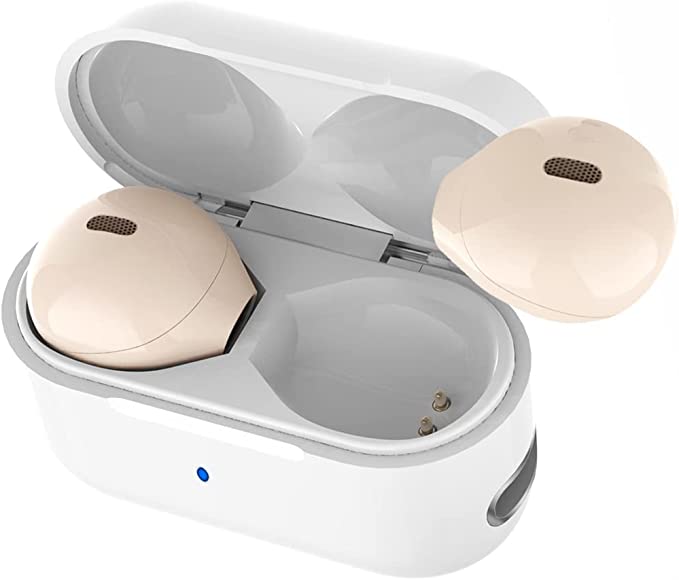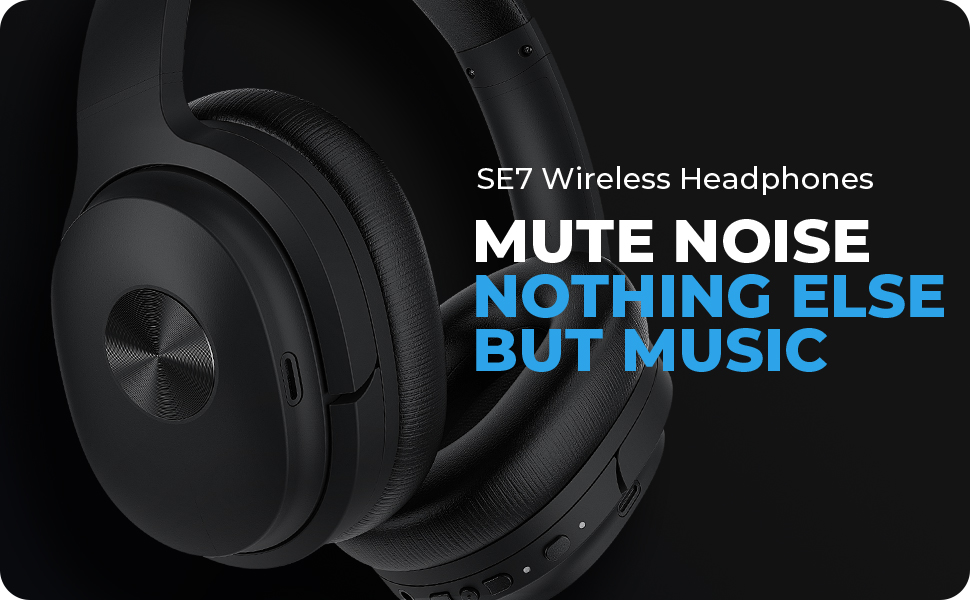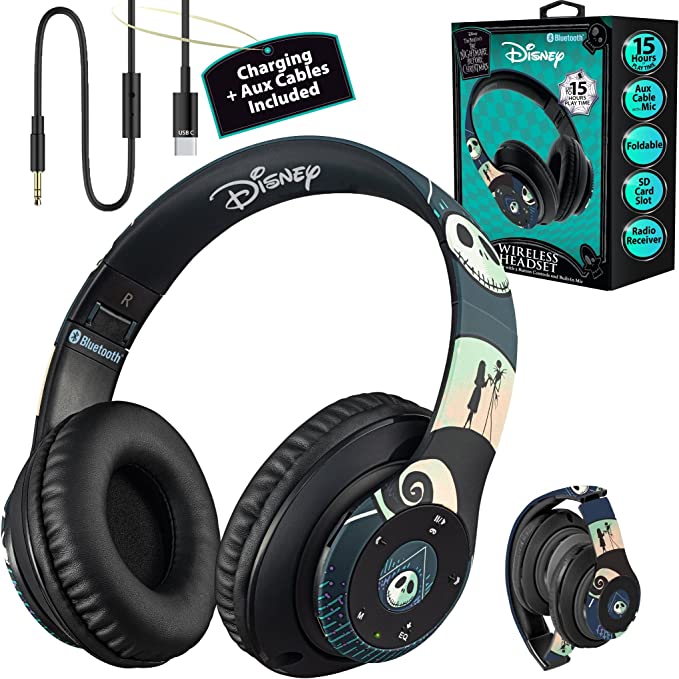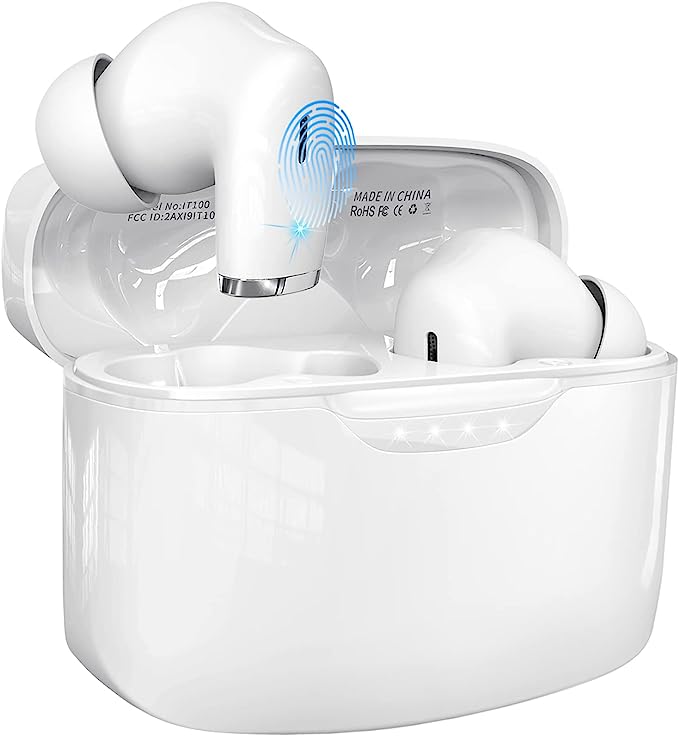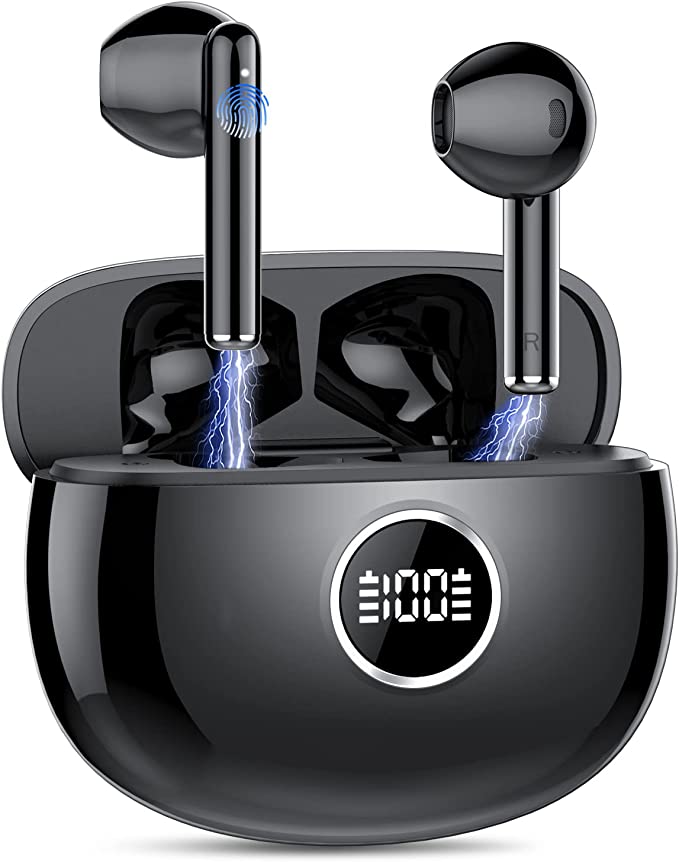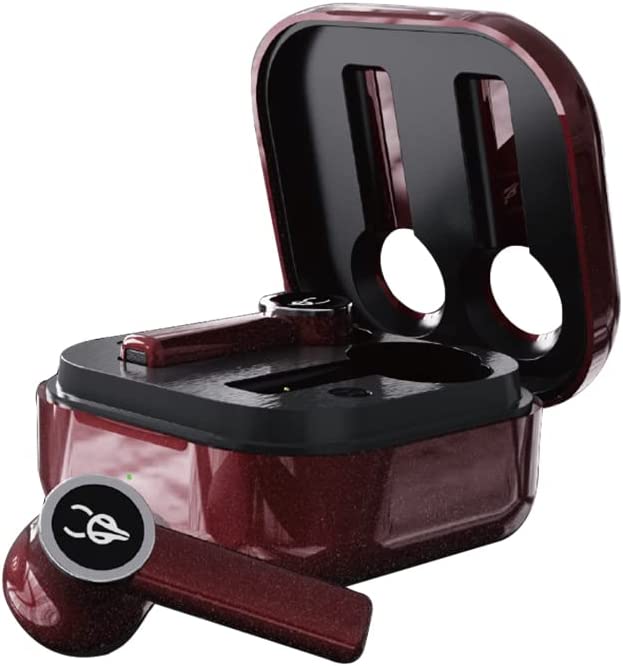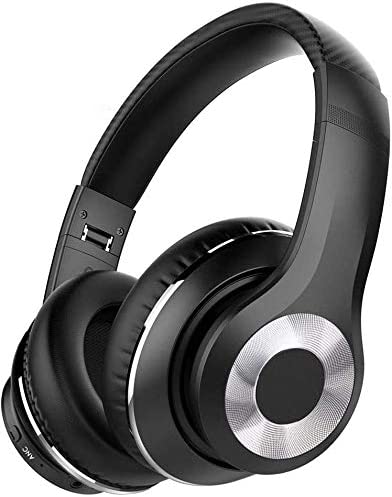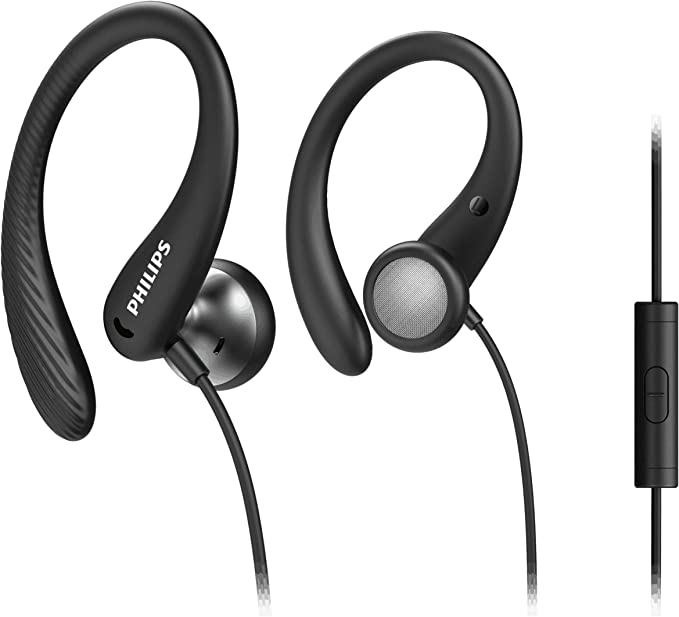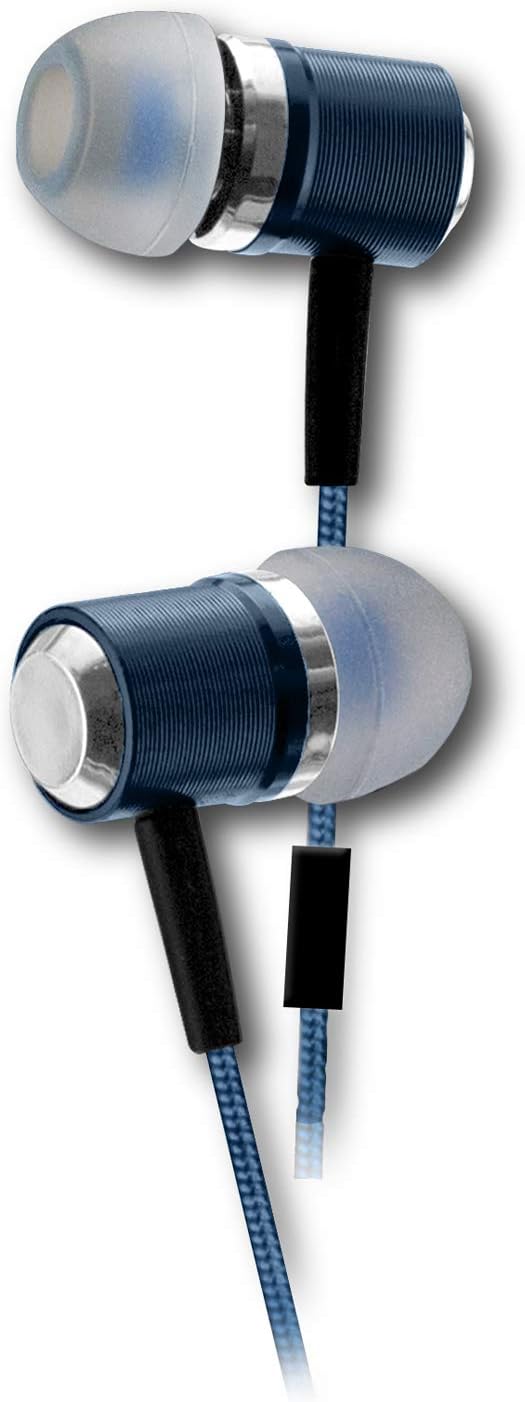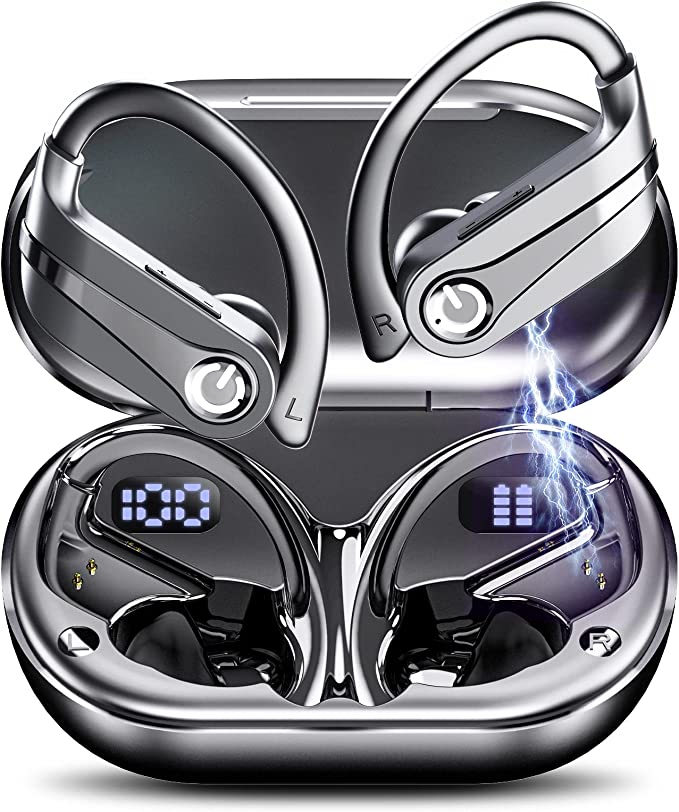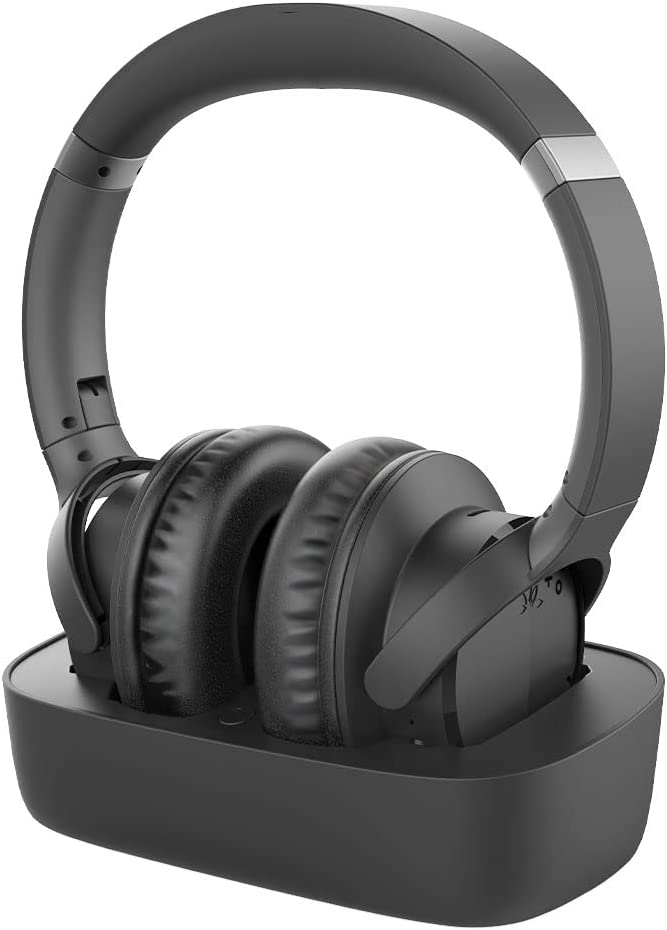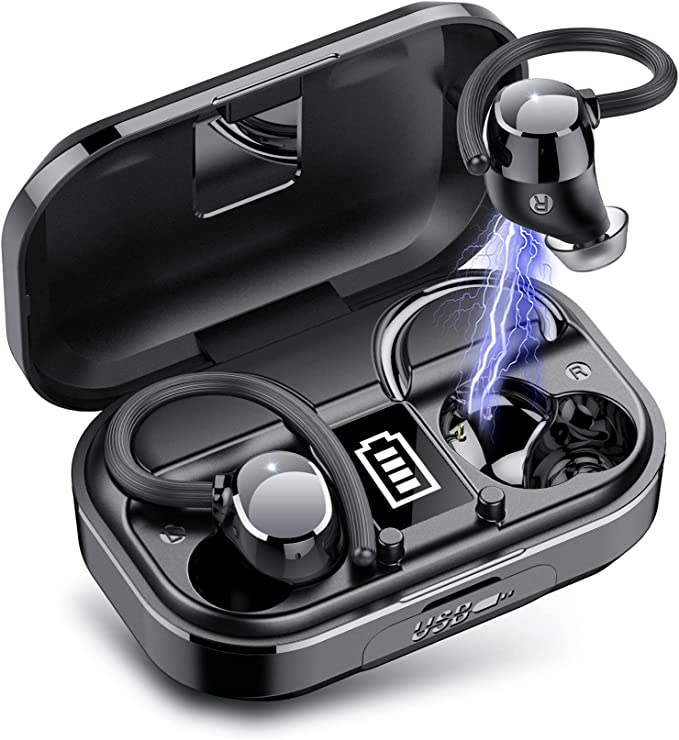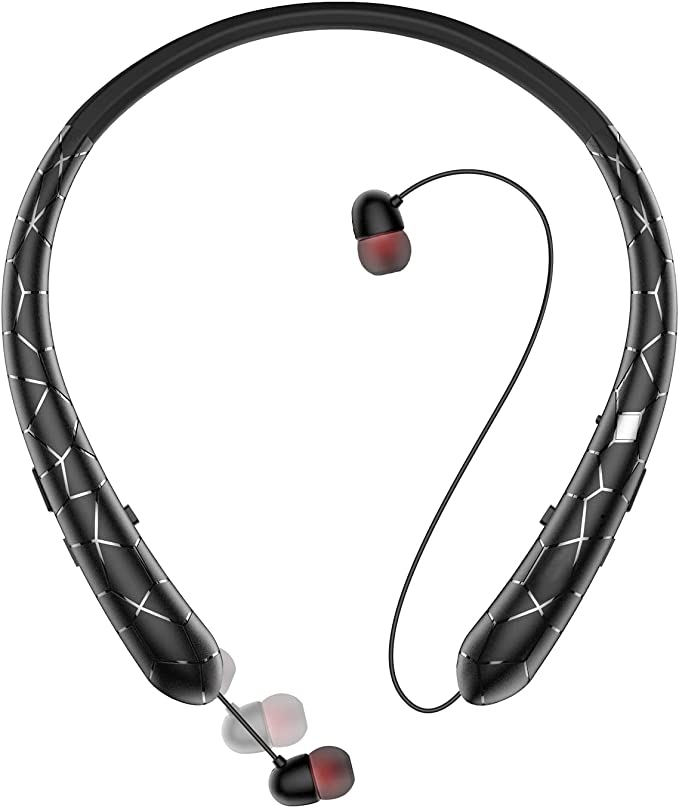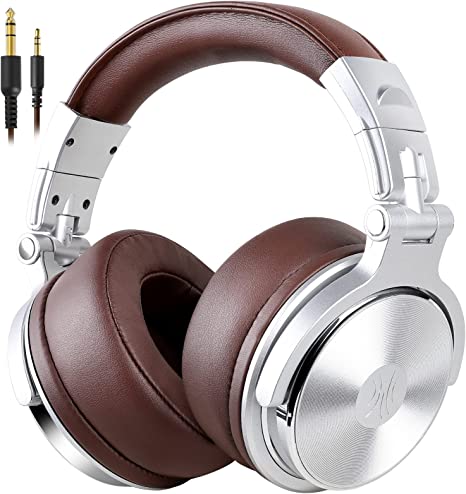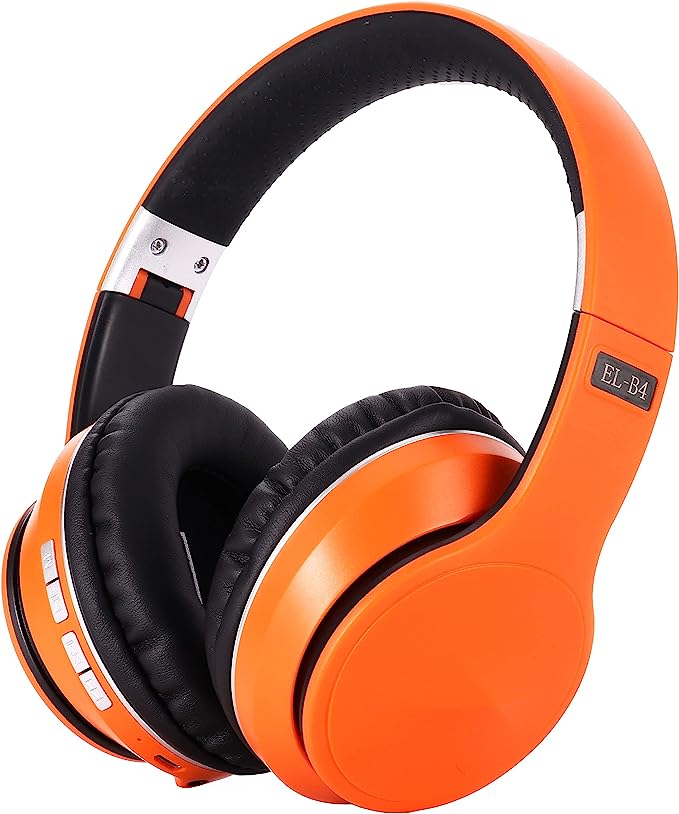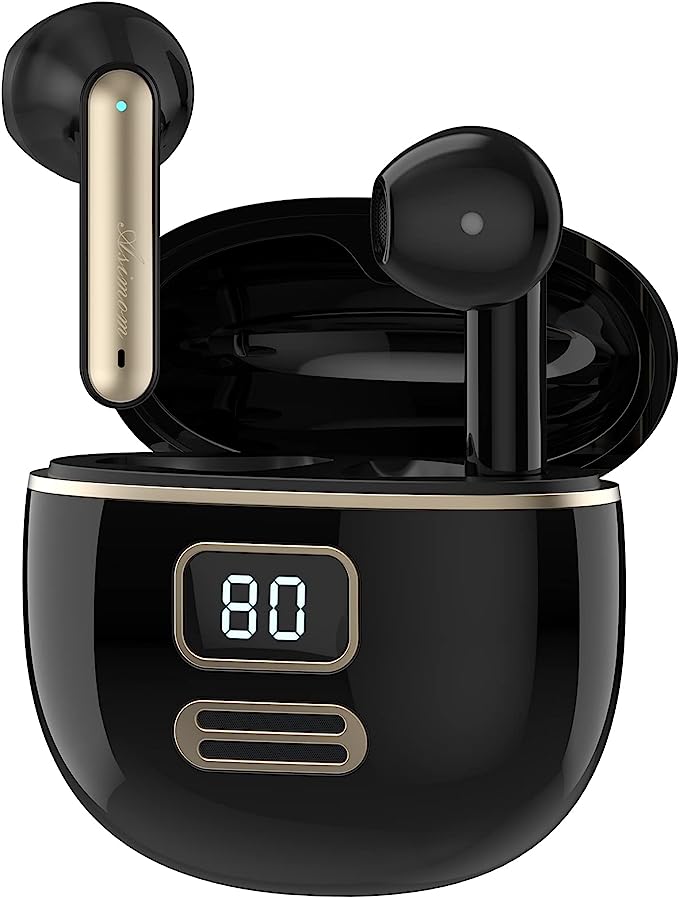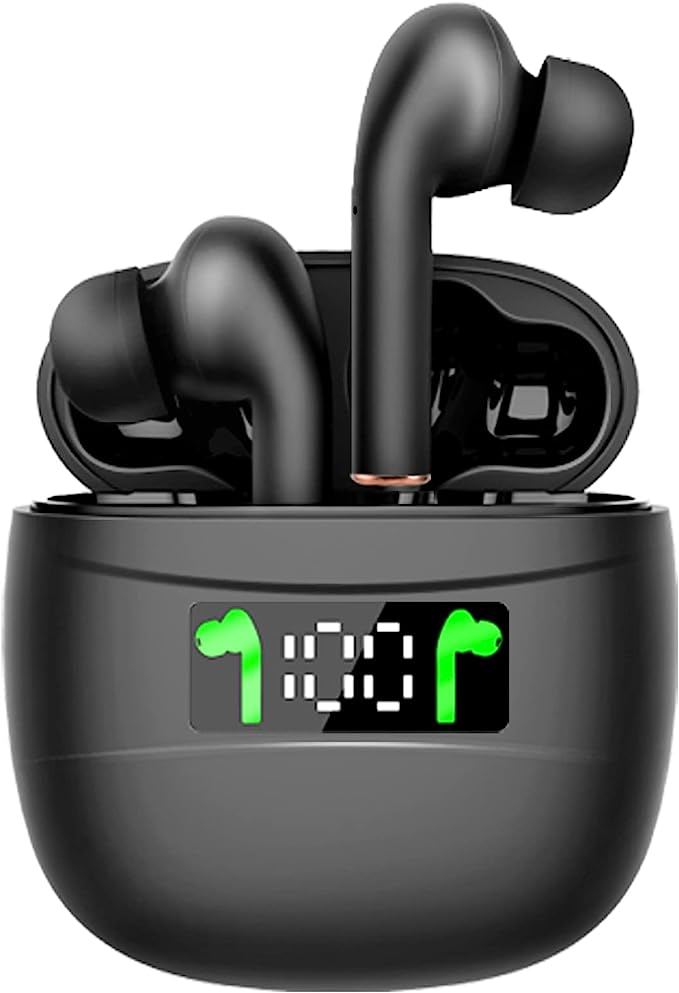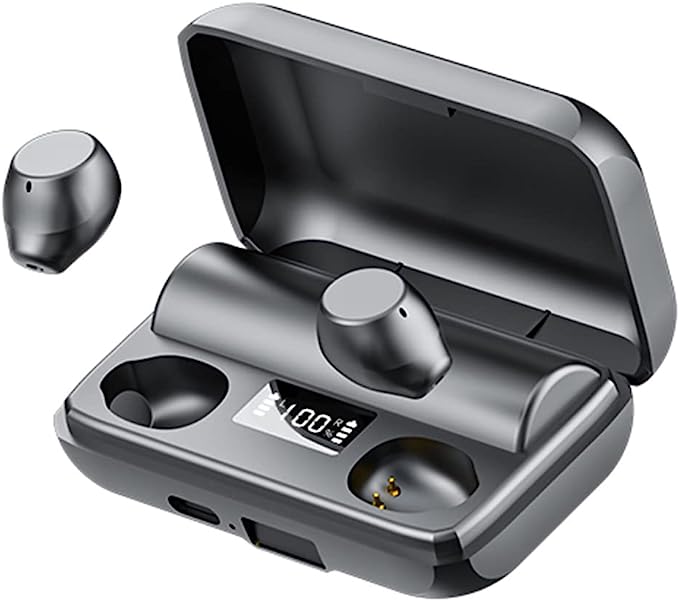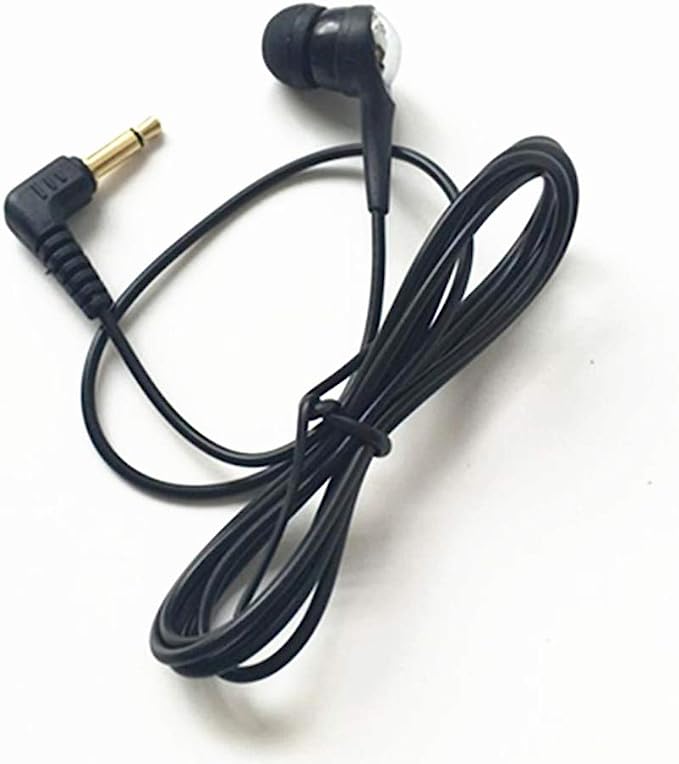YASEZ Stereo Earphone: Experience Immersive Sound with 4-Speaker Technology
Update on March 20, 2025, 4:54 p.m.
We live in a world of sound. From the gentle rustling of leaves to the roar of a city street, our ears are constantly bombarded with auditory information. And for many of us, music is a vital part of our daily lives. But how we experience that sound, particularly through headphones, has been a long-standing challenge for audio engineers. How do you create that feeling of being inside the music, of being surrounded by the sound, when the source is just millimeters from your eardrums? The YASEZ Stereo Earphone tackles this challenge head-on with a unique approach: a four-driver design in each earbud. Let’s explore how this works, and what it means for the listening experience.
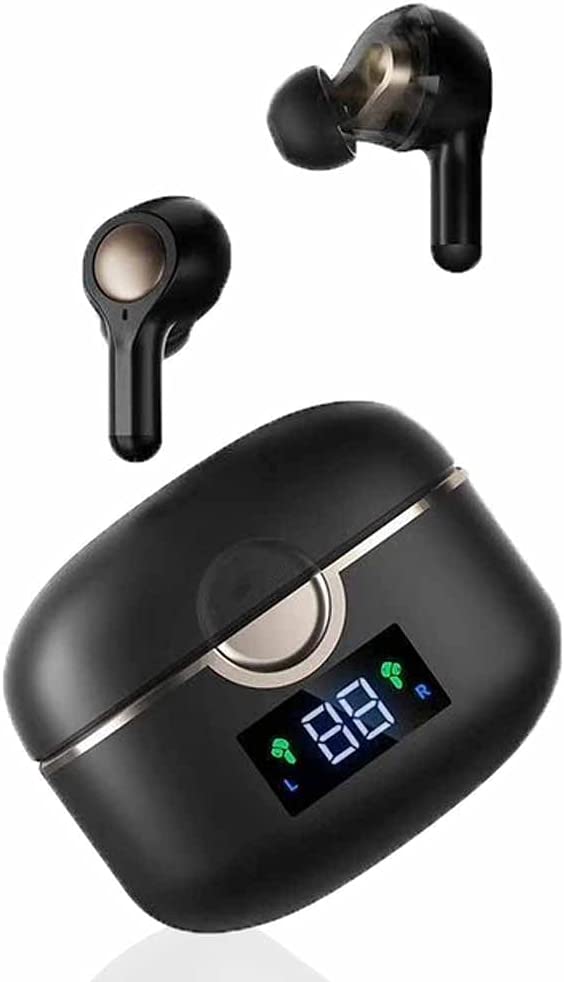
Sound Basics: Stereo vs. Surround: What’s the Difference?
Before we dive into the specifics of the YASEZ, let’s lay some groundwork. Most headphones, and indeed most recorded music, use a system called stereo sound. This means there are two distinct audio channels: one for the left ear and one for the right. This creates a sense of width; you might hear the guitar more in your left ear and the vocals more in your right. It’s like looking at a stage – you can tell where the different instruments are positioned, but the sound is still fundamentally coming from a single plane in front of you.
Surround sound, on the other hand, aims to create a much more immersive experience. Think of a movie theater or a home theater system with multiple speakers placed around the room. Different sounds come from different directions – the dialogue from the center, the sound effects from the sides, the ambient noise from behind. This creates a three-dimensional soundscape that envelops the listener. The goal is to make you feel like you’re in the scene, not just watching it.
The Human Hearing System: How We Perceive Sound in Space
So, how do our ears and brains figure out where a sound is coming from? It’s a fascinating process that relies on several cues:
-
Interaural Time Difference (ITD): This is the slight difference in time it takes for a sound to reach each ear. If a sound comes from your right, it will reach your right ear a fraction of a second before it reaches your left ear. Your brain uses this tiny time difference to pinpoint the sound’s location.
-
Interaural Level Difference (ILD): This is the difference in loudness between the two ears. A sound coming from your right will be slightly louder in your right ear than in your left ear, because your head partially blocks the sound waves reaching your left ear.
-
Head-Related Transfer Function (HRTF): This is the most complex of the three. The shape of your head, your outer ear (the pinna), and even your shoulders affect how sound waves are reflected and diffracted before they reach your eardrums. These reflections and diffractions change the frequency content of the sound in a way that’s unique to each direction. Your brain has learned to decode these changes to determine the sound’s location.
These three cues – ITD, ILD, and HRTF – work together to create our sense of spatial hearing. It’s a remarkable feat of biological engineering!
Inside the YASEZ: Deconstructing the Quad-Driver Design
Now, let’s get to the heart of the matter: the YASEZ earphone itself. The standout feature is the presence of two drivers in each earbud, for a total of four. Traditional earbuds use a single driver per ear. So, why the extra hardware?
The basic idea is to try and better replicate some of the cues that our ears use to perceive sound direction, specifically by providing more sound sources. The product description, while a little thin on technical details, mentions Full Frequency HIFI Moving Iron and a Neodymium Magnet Type. Moving iron drivers are known for their detailed and accurate sound reproduction, particularly in the mid and high frequencies. Neodymium magnets are very strong for their size, allowing for a more powerful and efficient driver.
Let’s examine the core features, one by one, and add some educated speculation based on my experience as an audio engineer:
The 45° Angle: More Than Just a Design Choice?
The product description highlights the “45°L design” of the earbuds. This angled design likely serves multiple purposes. The product description, notes that design “makes the earphone stable in 2 ears.”. More angles, provides more options to spread sound.
Wireless Connectivity: A Quick Look at Bluetooth
While the product description doesn’t explicitly state the Bluetooth version, it does mention “headset version: V5.1” and “Dual Connection” capabilities. This strongly suggests that the YASEZ earphones use Bluetooth 5.1 for wireless connectivity. Version 5.1 offers improvements in connection stability and power efficiency compared to earlier versions.
“Dual Connection” means the earphones can likely connect to two devices simultaneously. This is useful, for example, if you want to listen to music from your laptop but still be able to take calls from your phone.
It’s important to note that Bluetooth audio relies on codecs – algorithms that compress and decompress the audio signal for wireless transmission. Common codecs include SBC, AAC, and aptX. The specific codec used can affect the audio quality. Unfortunately, the product description doesn’t specify which codecs the YASEZ supports.
Beyond the Drivers: Touch Controls and User Experience
The YASEZ earphones feature touch controls on the surface of the earbuds. This allows you to control music playback (play/pause, skip tracks), adjust the volume, answer and end calls, and activate your phone’s voice assistant (Siri or Google Assistant). Touch controls are becoming increasingly common on wireless earbuds, as they eliminate the need for small, fiddly buttons.
The earphones also come with a charging case, which is standard for true wireless earbuds. The case provides additional battery life and protects the earphones when not in use. The description mentions a “real power display” on the case, which shows the remaining battery level.
The Reality of In-Ear Surround: Challenges and Limitations
While the idea of surround sound in an earbud is exciting, it’s important to be realistic about the challenges and limitations. True surround sound, with multiple speakers placed around the listener, creates a very precise and immersive soundstage. Replicating this experience with just two earbuds, even with multiple drivers, is a significant hurdle.
One major challenge is the variability of HRTFs. Everyone’s head and ears are shaped differently, so the way sound is reflected and diffracted around our heads varies from person to person. This means that a “one-size-fits-all” approach to simulating HRTF effects in headphones will never be perfect. Some high-end headphones use personalized HRTF profiles, created by measuring the individual’s ear shape, but this is a complex and expensive process. It’s highly unlikely that the YASEZ earphones offer personalized HRTF profiles.
Another challenge is the limited space inside an earbud. The drivers need to be very small, and there’s limited room for acoustic chambers and other design elements that can shape the sound. This makes it difficult to achieve the same level of separation and directionality as a full-sized surround sound system.
Furthermore, the proximity of the drivers to the eardrums means that the ITD and ILD cues are much less pronounced than they would be with sounds coming from further away. The earphones have to rely more heavily on manipulating the frequency response (simulating HRTF) to create a sense of directionality.
It is important to distinguish this approach from virtual surround sound. Many gaming headsets and some headphones use virtual surround sound algorithms to process a stereo signal and create a simulated surround effect. These algorithms typically use DSP (Digital Signal Processing) to manipulate the phase and frequency response of the audio, trying to mimic the effects of HRTF. While the YASEZ could be using DSP, the four-driver design suggests a more direct attempt at creating spatial cues, rather than solely relying on virtual processing. It’s a hybrid approach, using both physical driver placement and (potentially) some degree of signal processing.
The effectiveness of this approach will depend heavily on the specific implementation. Without detailed technical specifications and independent testing, it’s difficult to say definitively how well the YASEZ earphones achieve their “surround sound” claim. It’s likely to be more of an enhanced stereo experience, with a wider and more spacious soundstage, rather than true, discrete surround sound.
The Future of Immersive Audio: Where Do We Go From Here?
Despite the challenges, the pursuit of immersive audio in headphones is a worthwhile endeavor. As technology advances, we can expect to see more sophisticated approaches to simulating surround sound in smaller and smaller form factors.
One promising area is the use of more advanced DSP algorithms, combined with head tracking. Head tracking uses sensors in the headphones to detect the position and orientation of the listener’s head. This information can be used to dynamically adjust the audio signal, creating a more realistic and stable soundstage.
Another area of development is the use of new driver technologies, such as MEMS (Micro-Electro-Mechanical Systems) drivers. MEMS drivers are extremely small and can be precisely controlled, offering the potential for more accurate sound reproduction and better spatial audio.
Ultimately, the goal is to create headphones that can seamlessly blend the virtual and the real, creating a truly immersive and believable auditory experience. The YASEZ earphones, with their quad-driver design, represent one step along this path.
Conclusion: Wrapping up.
The YASEZ Stereo Earphone presents an intriguing concept: bringing a sense of surround sound to the in-ear headphone market. By utilizing a four-driver configuration, along with a carefully considered angled design, it strives to overcome the inherent limitations of traditional stereo earbuds. While the precise technical details remain somewhat opaque without more information, the underlying principles are sound. By attempting to create more directional cues, and leveraging the benefits of moving iron drivers and a neodymium magnet system, the YASEZ earphones offer a potentially wider and more immersive soundstage than conventional single-driver designs. It’s a bold step towards making a more cinematic audio experience portable and personal. Whether it fully achieves “true” surround sound is debatable, but it certainly pushes the boundaries of what’s possible in a compact in-ear design. It will be interesting to see how this technology, and similar approaches, evolve in the future.
